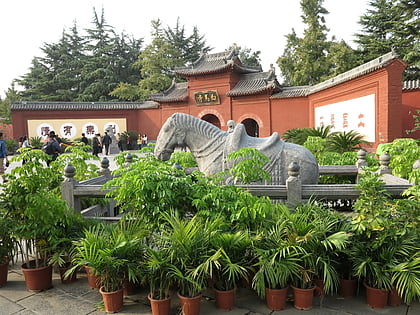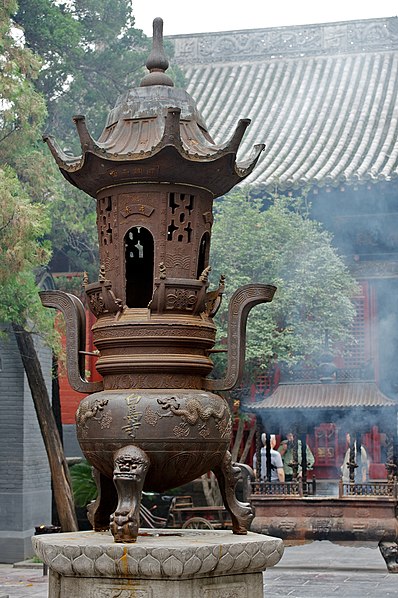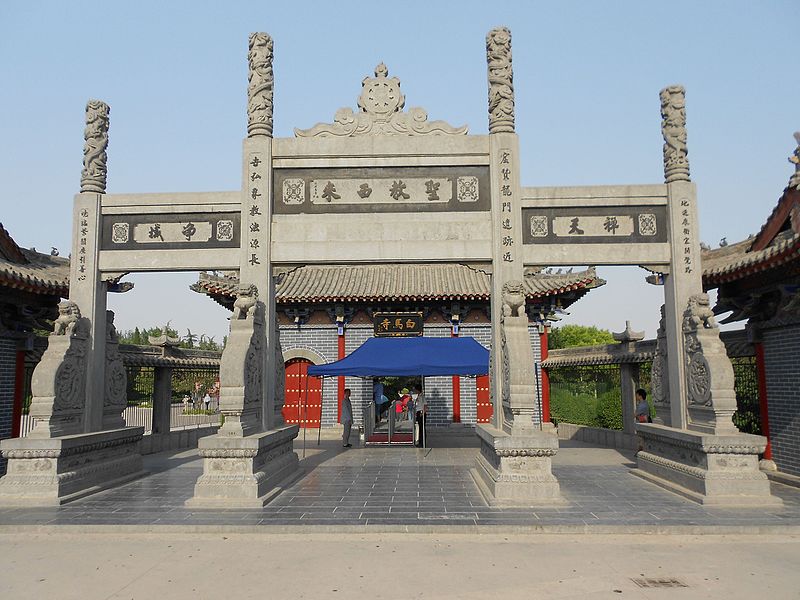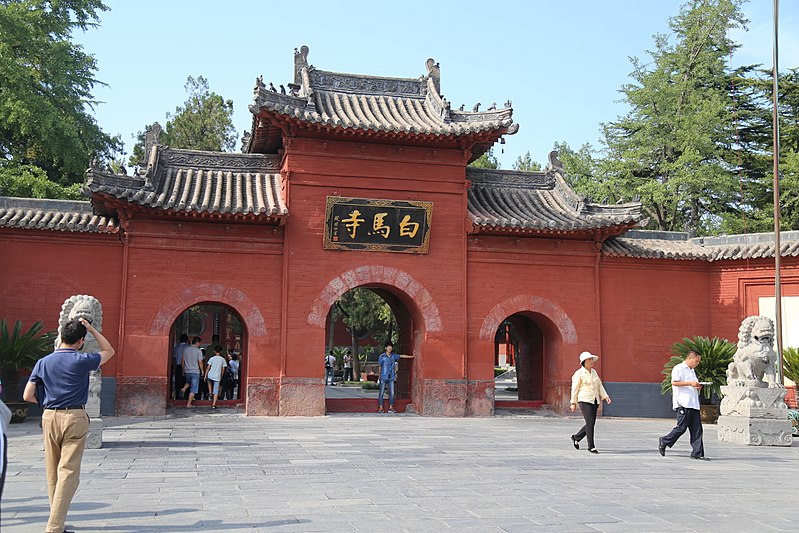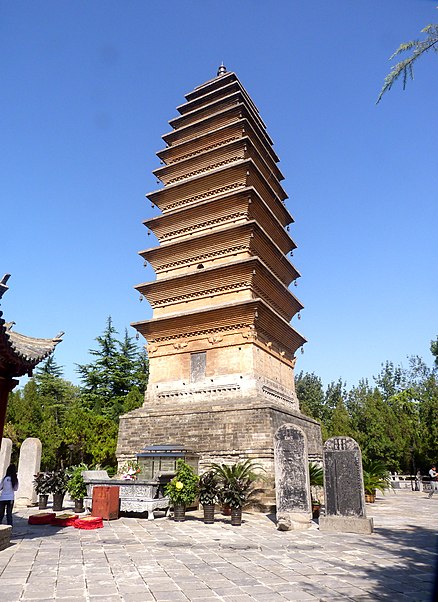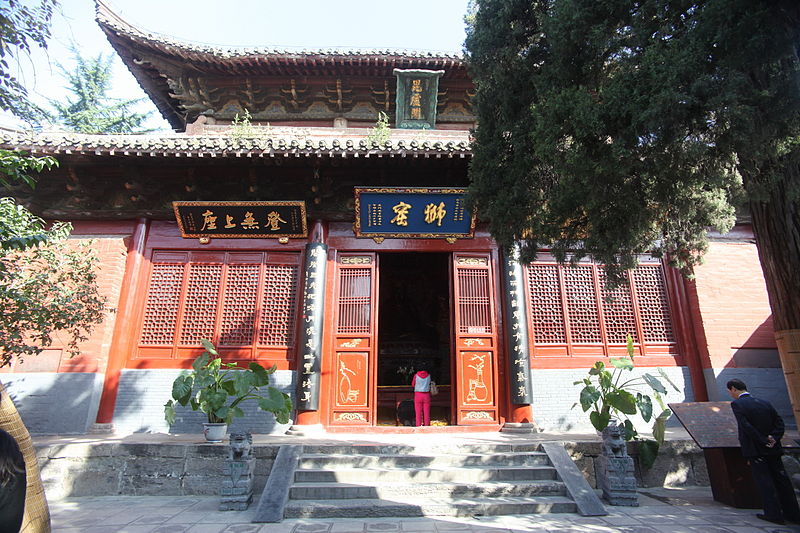White Horse Temple, Luoyang
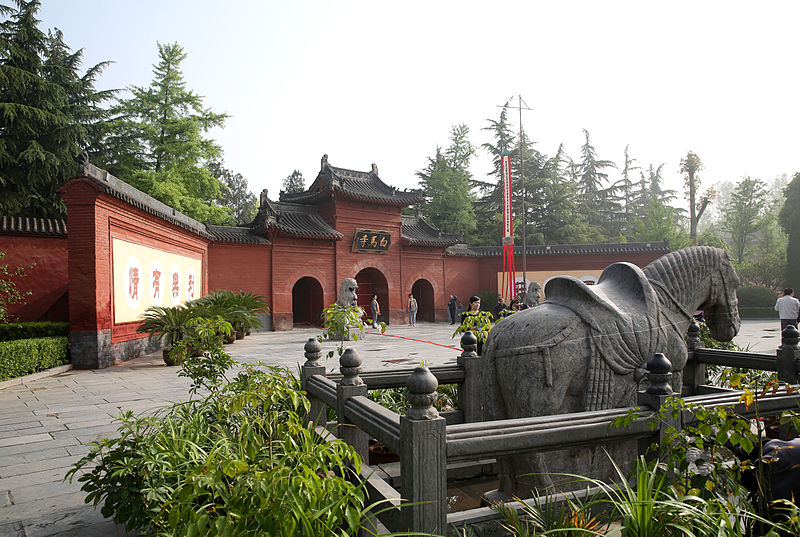
Facts and practical information
Nestled in the ancient city of Luoyang, the White Horse Temple is revered as the cradle of Buddhism in China. Established in the year 68 AD under the patronage of Emperor Ming of the Eastern Han Dynasty, this temple marks the first official Buddhist sanctuary in the country, following the arrival of two Indian monks on a white horse, carrying Buddhist scriptures and statues.
The temple complex, with its tranquil gardens and age-old halls, spans over an impressive area, reflecting the architectural style typical of traditional Chinese temples. Visitors are greeted by the iconic White Horse Temple gate, leading them into a spiritual journey through halls such as the Hall of Heavenly Kings and the Great Buddha Hall, which houses an exquisite collection of Buddhist statues.
One of the highlights of this serene sanctuary is the Qiyun Pagoda, an ancient stupa that stands as a testament to the temple's rich history. The temple grounds also feature several international Buddhist temples, built in different architectural styles representing countries like India, Thailand, and Myanmar, symbolizing the spread of Buddhism from China to the rest of the world.
As a beacon of Buddhist culture, the White Horse Temple not only offers a peaceful retreat for the soul but also serves as an educational experience for those interested in the origins and development of Buddhism in China. The temple is easily accessible to tourists and remains a must-visit destination for those seeking to immerse themselves in China's profound religious heritage.
Luoyang
Frequently Asked Questions (FAQ)
How to get to White Horse Temple by public transport?
Train
- Baimasi (19 min walk)
